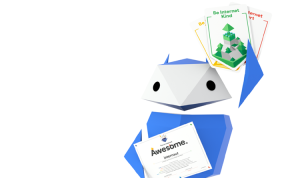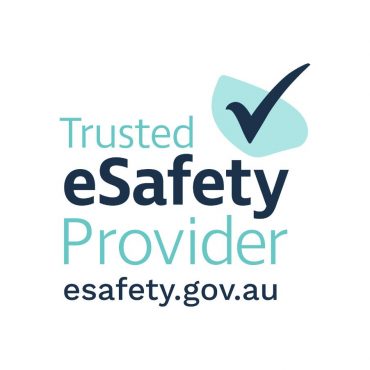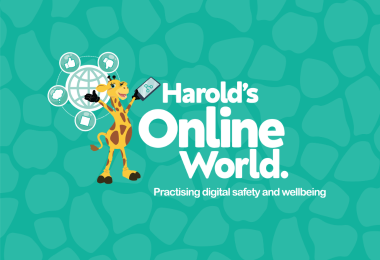Keeping Young People Safe Online: For Parents & Carers

Start early, talk often
Talk to your child now about the upcoming changes and why they’re happening; don’t wait until December 10. Explain that the goal is to protect their wellbeing—not to punish or isolate them. Keep the tone open and supportive and invite them to share how they feel about it. Keep the tone curious, not judgmental.
Work together to create a plan
Go through the apps and accounts your child uses. Help them understand which platforms may soon be restricted and explore alternatives that are still accessible. This is a great time to clean up unused apps and reinforce healthy digital habits. Planning together builds ownership — planning alone builds resistance. It’s their path too — let them help map it.
Explore Safe, Age-Appropriate Alternatives
Introduce your child to platforms that encourage creativity, learning, and connection without the risks associated with social media. Online
games, educational apps, and moderated forums can offer meaningful engagement while staying within the new guidelines. Come up with offline alternatives too. What can they be doing instead? Discuss with them the benefits of reduced screen time for both physical and emotional health.
Stay Informed and Involved
Keep up with changes in digital regulations, like Australia’s upcoming age restrictions. Follow updates from eSafety and other trusted sources. Being informed helps you guide your child with confidence and clarity.
Build Digital Resilience
Help your child develop skills to navigate online spaces safely, like recognising harmful content, setting boundaries, and knowing when to ask for help. These skills will serve them well across all digital environments, restricted or not.
The law is likened to age-based restrictions on alcohol and cigarettes—substances known to pose health risks. It’s not about punishing youth, but about delaying access to potentially harmful platforms until they’re older.
Here are some conversation tips for Parents & Carers:
• Start with empathy: Acknowledge their feelings without judgment.
• Ask, don’t assume: Find out how they use social media and what they enjoy about it.
• Explain the law: Clarify that it’s about safety, not punishment.
• Discuss risks: Talk about sleep disruption, stress, harmful content, and attention issues.
• Validate and reassure: Let them know their feelings are valid and they’re not alone.
• Explore alternatives: Suggest age-appropriate apps, games, creative outlets, or group chats with parental oversight.
• Keep the door open: Remind them they can always come to you or another trusted adult.
If your young people are feeling overwhelmed, encourage them to reach out for support. Headspace offers excellent advice for families on navigating the social media delay and supporting youth mental health. Visit headspace National Youth Mental Health Foundation - link below
Use the time leading up to 10 December, wisely by thinking of the delay as a digital “training period”. You can help your child:
• Understand privacy settings and online boundaries
• Recognize and report harmful content
• Develop critical thinking about what they see online
• Build confidence in expressing themselves safely
Importantly, young users will continue to have access to online resources that offer vital support and guidance during times of distress. The purpose of the social media age restrictions is to reduce exposure to harmful experiences that may negatively impact the immediate and long-term wellbeing of children and teens.



















